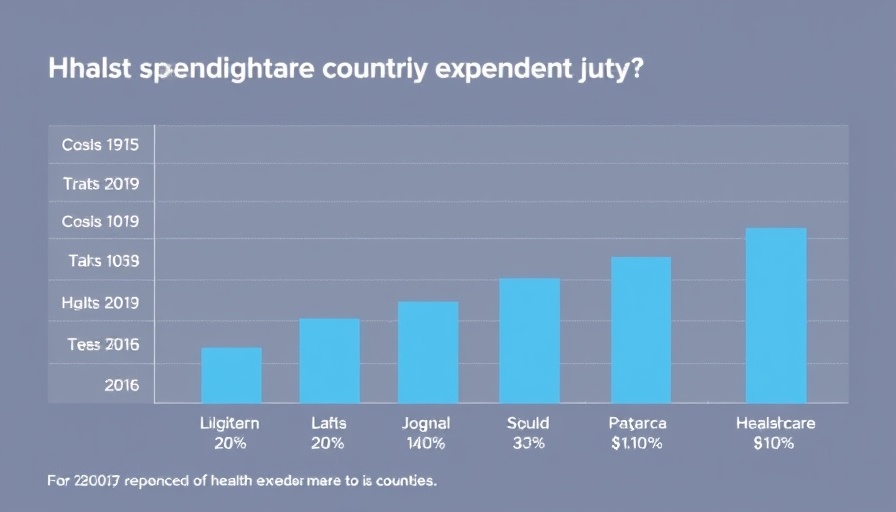
Understanding Healthcare Prices: A Comparison
The landscape of healthcare in the United States often raises questions, particularly regarding its cost and utilization compared to peer nations. Recent data shows that the U.S. tends to have higher healthcare prices yet demonstrates varied utilization rates. For many, understanding these differences is crucial, whether they are insured or uninsured citizens navigating a complex system.
Why is Understanding Healthcare Costs Crucial?
As a citizen in today's world, grappling with healthcare costs can feel overwhelming. A staggering portion of income is often allocated to medical expenses. Whether it's for routine check-ups or unexpected emergencies, knowing how U.S. healthcare costs stack up against other countries can empower individuals to make informed decisions about their health and finances.
Comparative Insights on Pricing and Utilization
Many peer nations, such as Canada and the United Kingdom, manage to provide healthcare at a fraction of the cost experienced in the U.S. For instance, while a simple MRI might cost thousands in America, the same procedure could be significantly less in other countries. The differences stem from various factors including government regulations, market competition, and overall healthcare frameworks.
Healthcare Utilization Patterns: A Closer Look
Interestingly, while the price of healthcare services is higher in the U.S., utilization rates of these services often tell a different story. For example, Americans tend to visit primary care doctors less frequently than those in countries like Germany and Japan. This lower utilization may partly contribute to the higher prices, as healthcare services remain underused despite high costs being associated with them.
The Emotional Impact of Healthcare Costs
For many individuals and families, the burden of high healthcare costs can lead to anxiety and stress. Families without insurance face even tougher choices, often delaying necessary treatments due to financial concerns. Highlighting personal stories, such as those of residents who have navigated healthcare systems, can provide relatable insights into these challenges. A local woman, for instance, shares how her family opted for preventative care to avoid catastrophic costs down the line.
Looking Ahead: The Future of U.S. Healthcare
As the dialogue surrounding healthcare reform continues, citizens need to stay informed. Future policy changes could shape how healthcare prices and utilization patterns evolve. Will the U.S. adopt price controls similar to those in other nations? What role will insurance companies play? Understanding the trends is essential to advocating for more accessible healthcare.
Empowering Yourself with Knowledge
Equipped with insights on healthcare costs and utilization, individuals can be proactive in their healthcare decisions. Seeking out transparent information regarding treatment options and associated costs can lead to better health outcomes. Consider talking with your healthcare provider about pricing, exploring care options, and utilizing preventive health services offered in your community.
In conclusion, understanding how healthcare prices and utilization in the United States compare to peer nations is crucial for all citizens. As we arm ourselves with knowledge, we can better navigate the challenges of healthcare, whether insured or uninsured. Let’s work together to advocate for a healthier future, where care is accessible and affordable for everyone.
 Add Row
Add Row  Add
Add 




Write A Comment